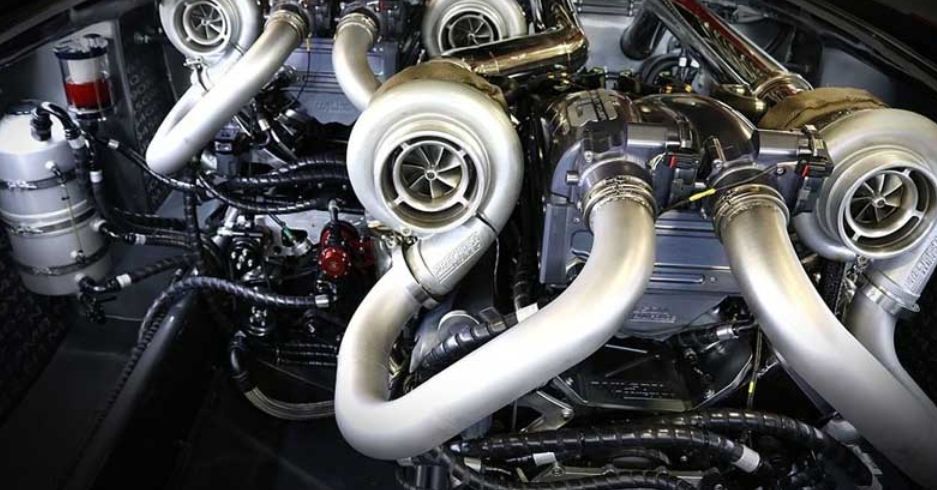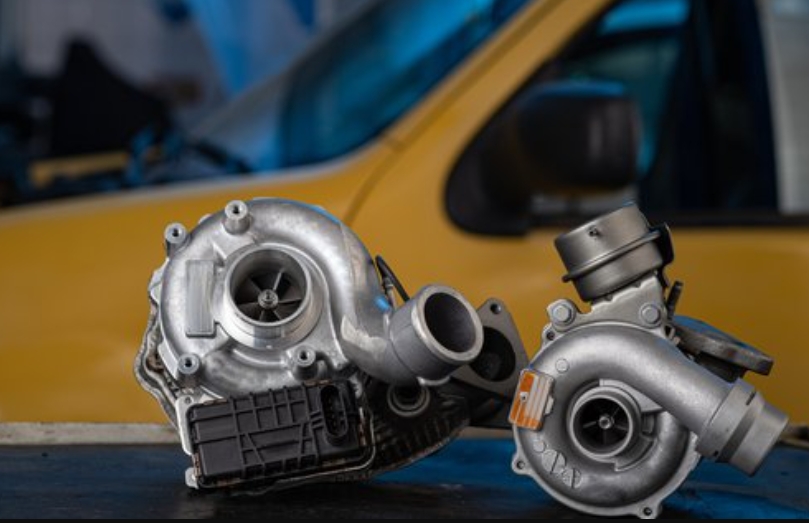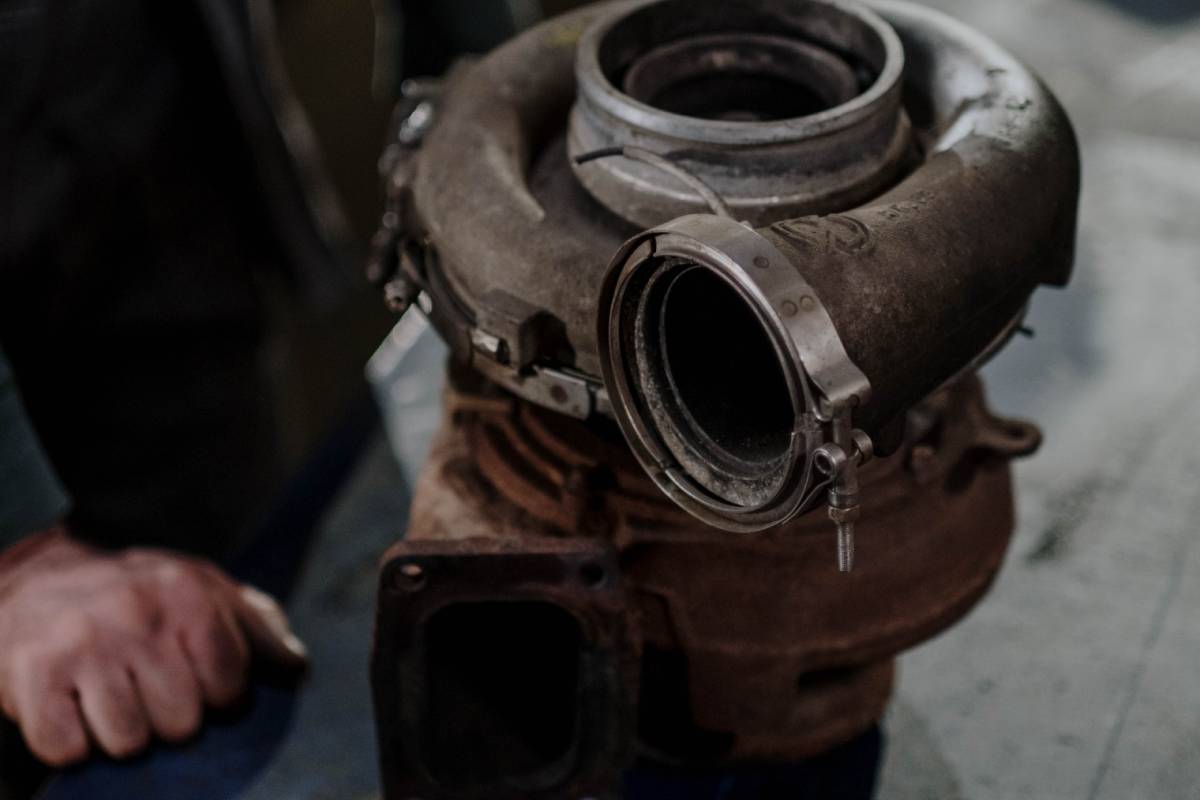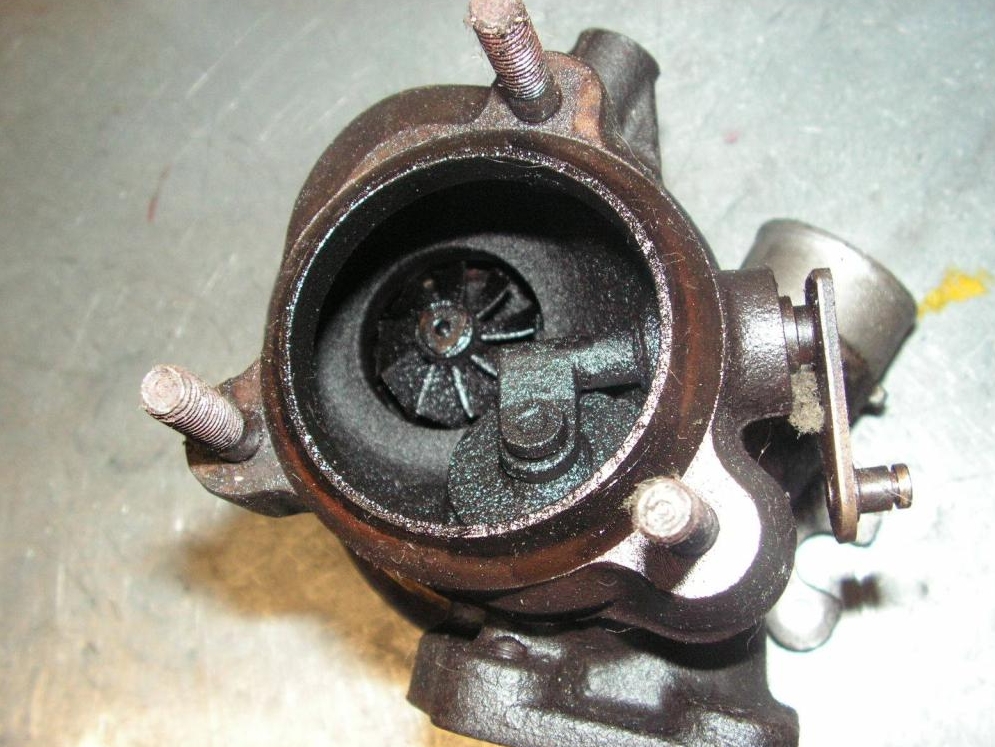
Turbo engines: turn off immediately or let cool?
Supercharged engines cannot be turned off immediately – they must be allowed to run for a minute or two at minimum idle speed so that the turbocharger cools down. This statement came from the end of the last century. Is it fair today? Not! Unless, of course, the manufacturer has saved, but there are such examples too.
Why overheating is possible
The energy source of the turbocharger is the hot exhaust gases of the internal combustion engine: the higher their temperature and pressure, the more intensively the turbocharger rotor spins. The turbocharger heats up for three reasons: from hot gases entering the turbine section, from the compression of air in the compressor, and from friction in the bearings. Maximum heating occurs when the engine is running at peak power. This manifests itself when driving at high speeds on the highway. One of the most provocative places is a gas station on a freeway. Just a few tens of meters from the highway – and the engine must be turned off.
Another possibility for the turbocharger to become very hot is driving in difficult conditions: off-road, etc. The engine will not develop maximum power, as the wheels will slip. However, the absence of oncoming air flow contributes to an increase in engine temperature, and at the same time the turbocharger. Overheating is also possible when driving in the mountains with a large number of climbs, as well as with a trailer.
But the peak of troubles does not come during work, but later! After the engine is stopped, the cooling of the hot turbocharger deteriorates sharply. Oil is no longer supplied, heat escapes into the bearing assembly, grease residues in the bearing and its seals begin to coke. Over time, this leads to a deterioration in the seal and a violation of the design mode of operation of the bearing. And the rotation of the rotor without the supply of oil under pressure provokes the appearance of scoring.
The liquid cooling systems of the turbocharger also stopped working after the engine was stopped and, accordingly, did not remove heat from the supercharging unit. Therefore, recommendations appeared not to turn off the engines immediately, but to let them work for some time at minimum idle speed. At the same time, oil and coolant will circulate, the temperature of the exhaust gases entering the turbine part will drop – as a result, the turbocharger cools down, and then the engine can be safely turned off.
Turbo timer and circulation pumps
The recommendation immediately gave rise to the emergence of new electronic gadgets – turbo timers. After turning the ignition key, the engine will run at minimum speed for a couple of minutes to cool the turbine and prolong its life. The developers of security systems were among the first to offer turbo timers, adding a new function to the alarm system for owners of turbocharged cars. The offer began to be in demand, and therefore separate electronic units appeared that perform the function of a delayed engine shutdown.
Regularly, turbo timers are not installed even on cars with charged engines. And not because the problem has disappeared somewhere – in principle, nothing has changed in the internal combustion engine. Yes, designs, materials and lubricants have changed and become more advanced, but turbochargers still do not like overheating. Maybe automakers use other means to protect turbochargers from overheating?
Some companies (particularly Porsche, Volkswagen, Skoda, Jaguar) install electric circulation pumps on many turbocharged models, which, if necessary, supply coolant to the turbocharger. Even after the engine is stopped, antifreeze circulates through the unit for some time, preventing it from overheating. Reminds a similar mode of operation of the electric fans of the cooling system, implemented on most modern cars. The motor is off and the fan continues to spin. It is clear that in this case there is no need for a turbo timer.
Many automakers are shifting the function of the intelligent turbo timer to the driver! In most instructions, it is noted that after operating the car in modes close to the maximum permissible, it is recommended to let the engine run without load for several minutes before turning off the engine. That is, the advice remained the same as decades ago.
It turns out that most manufacturers of relatively affordable cars do not bother with such problems. The logic is simple: there is no rise in price, and the warranty period of the car, most likely, goes out like that. What happens next is up to the owner.
Do not turn off the engine immediately – let it run at minimum speed. The operating conditions of the turbocharger are very difficult, and innovations that make it immortal have not appeared.
Our recommendations
Automakers claim that turbochargers today are not afraid of overheating. For example, Renault explains why the TSe 150 gasoline engine installed on the Arkan does not need to cool the turbine before shutting it down. Say, during development, these motors were tested for 40,000 hours on stands, which corresponds to 14 years of operation for 8 hours every day. Therefore, the recommendations to “drive at idle” are advisory, and not mandatory.
We are of a different opinion. The operating conditions of the turbocharger are very difficult, and fundamental innovations that make it immortal have not yet appeared. In addition, this is an expensive unit: repairs will hit your pocket when the warranty ends. And if your car is not equipped with an electric pump that pumps coolant after a stop, we strongly recommend that you pause for one to two minutes before turning off the engine that has worked at its limit. However, how to understand whether there is such a pump on your machine or not? For example, by ear: after an intense ride, stop the engine and listen for a characteristic buzz. But it’s better to play it safe, even if the automaker says there won’t be any problems.



